Sword of the Stars II: Lords of Winter - The New Faction Revealed
Sword of the Stars II's new playable faction is hell-bent on enslaving the universe. Get the first details here.
Sword of the Stars II: Lords of Winter will follow the original game's engaging space strategy with even larger space battles that have deeper tactical considerations, new diplomacy options, and more ways for you to conquer known space. All the original playable races from the first game and its expansions--the humans, the Hiver, the Tarka, the Liir, the Zuul, and the Morrigi--will return in the sequel, each hungrier for power than before. However, these warring clans face a new competitor--the Suul'ka Horde, the ancient masters of the warlike Zuul who offer only a single choice to their enemies: subjugation or oblivion. Lead writer Arinn Dembo reacquaints us with the game's races and factions, as well as introduces the Suul'ka for the first time.
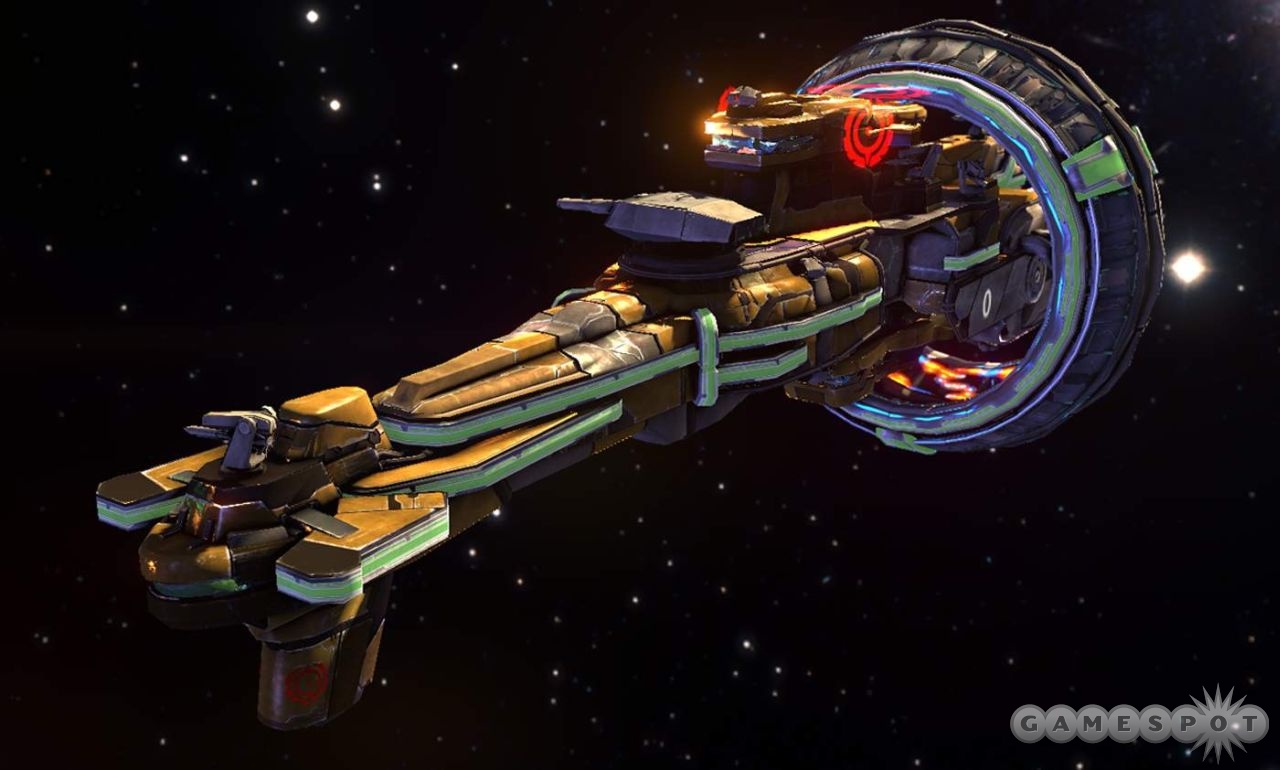
GameSpot: Give us an overview of the playable races in Sword of the Stars II. How have the races been tweaked and improved for the sequel?
AD: There were six original races in the Sword of the Stars universe. Here they are again for your reference.
First, the humans. The species you see in the mirror every morning! The humans of the 26th century are not that much different from you. A little shorter on average…and of course, they have their own faster-than-light (FTL) engine. The node drive was discovered in the 24th century and lets humans detect gravitational stress fractures in the universe that lead from star to star. They travel down those fracture lines at high speed, like shooting the rapids of a river roaring through a canyon. Traveling through node space is much faster than moving through regular space. So humans, although they are confined to those predetermined channels, have one of the fastest transport systems in the game.
Humans are the viewpoint race for most of the game's fiction as well. The name of the series, Sword of the Stars, was also the name of the first human dreadnought equipped with lancers. The way the universe evolves over time in this series also tends to be slightly more centered around humans. The action of the original Sword of the Stars was set in the year 2408, beginning with the day that the human race attempted to launch its first colony mission to another star system. The action of Sword of the Stars II: Lords of Winter begins in 2508, when the human race is attempting to launch its first Leviathan-class vessel. The loss of the S.F.S. Leviathan is the opening salvo of the era known as the Winter Wars.
Sol Force, the faction of the human race, is very different in 2508 than it was in 2408. Apes have fought two major interstellar wars, survived a rebellion of their artificial intelligences, and learned to hold their own in political intrigues, even versus very ancient and aggressive star-faring races like the Tarka and the Morrigi. The leadership of Sol Force is now both tougher and wiser than the innocents who tried to launch a little ship called the Nova Maria a full century ago.
Second, the Hivers. These mantislike aliens were the first interstellar travelers encountered by humans. Hiver ships appeared in orbit around the planet Earth on the very day that humans tried to launch their first colony mission--and the Hivers weren't friendly! The first interstellar war fought by humankind was against the Hivers, and it was a brutal conflict. Humans fought for decades to punish the race that bombarded their homeworld from orbit. At the time, of course, the humans didn't realize that the rogue Hivers who had attacked them were also considered criminals in Hiver space. Needless to say, war raged on for years while this little misunderstanding was worked out.
Technologically speaking, the most impressive innovation of the Hiver race is its gate system, a series of rings that can teleport entire fleets from one end of the galaxy to the other instantaneously. At the dawn of the Winter Wars, the Hiver Imperium is entering a golden age of peace and prosperity under a strong and popular queen, Radiant Frost. They have developed powerful new gate stations, which will increase their reach and their ability to respond to threats coming from any direction.
Third, the Tarka. The Tarka are a reptilian race, one of the original four playable races from the first release of Sword of the Stars in 2006. The human race accidentally stumbled onto the Tarkas by encountering one of their patrol fleets in deep space while the Tarka fleet was engaged in combat with a few Liir who had strayed into their territory. The Tarka commander finished off his Liir opponents and then spotted the human ships and logically assumed that they were new combatants entering the fray. He treated the human fleet accordingly…and things went downhill from there.
The pride of the Tarka race is in its warp engine, which envelops ships in a warp field and lets them travel FTL from anywhere to anywhere. Although warp drives aren't as fast as node drives or Hiver gates, they are much more versatile. Tarkas don't have to follow the lines, and they can travel in any direction between the stars they wish.
As the Winter Wars begin, the Tarkasian Empire is recovering some of the pride and power it had during its first space age, the Silver Imperium. The Tarka are in the strongest position that they have been for 500 years and ready to flex their diplomatic and military muscles.
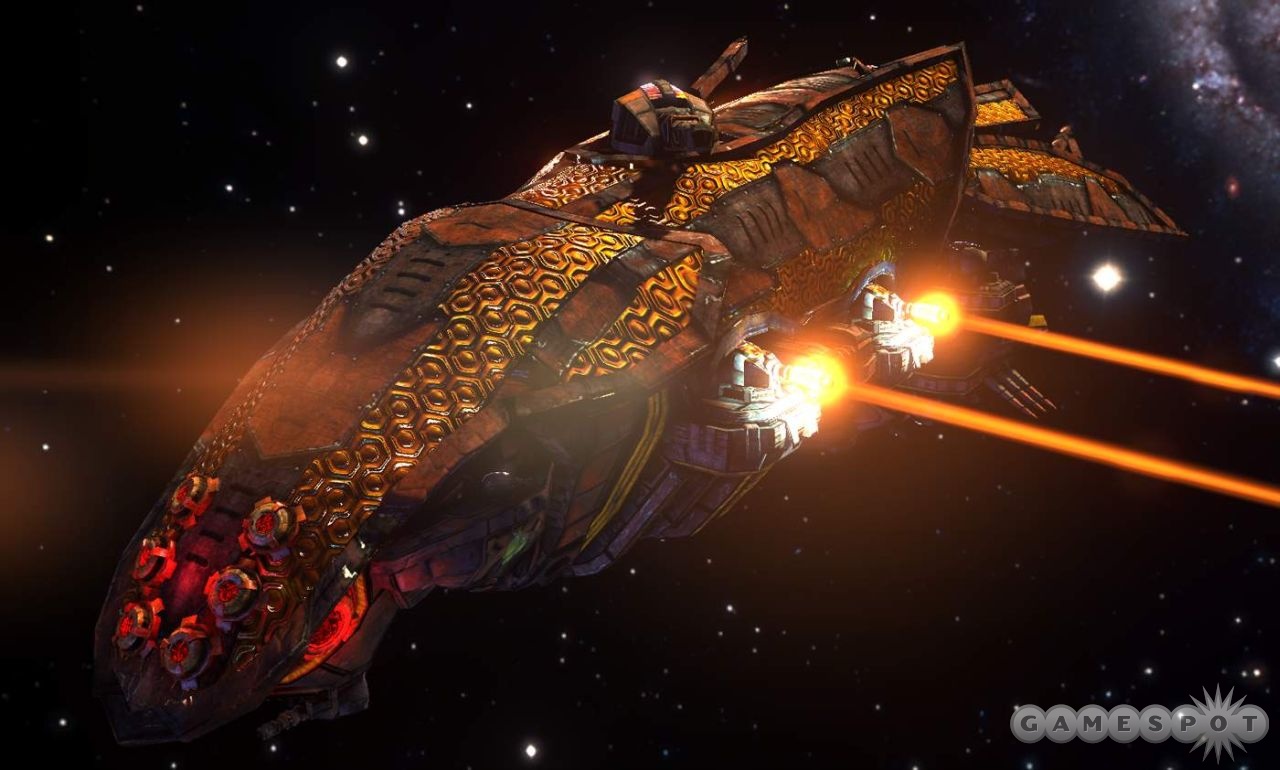
Fourth, the Liir. The Liir are a cetacean race. Like humans, Tarka, and Hivers, they were one of the original four races upon first release of the game, and they were the first psionic race in the Sword universe. Liir have very powerful and well-developed psionic abilities, including telepathy and telekinesis. They are also masters of scientific research, with the fastest rate of technological development and the largest number of technological options of any species in the game.
The core technology of the Liir species is its flicker drive, an engine that teleports its ships in millions of microteleports per second. In practice, the flicker drive is similar to the Tarka's warp drive, in that Liir can travel from any place to any other place at will. The difference is that Liir travel more slowly when space time is curved. As they approach large gravity wells, they move significantly slower than when they are traveling through open space. So while their ships rocket through the void between stars, they slow down when they are close to a star.
AD: (continued) The dawn of the Winter Wars is a nightmarish time for the Liir. The only comfort is that they are no longer completely alone. That is, they have joined a permanent alliance with a splinter group of another race, the Prester Zuul, who have chosen to stand beside them in the coming battles no matter the cost. Their faction is now called the Liir-Zuul Alliance, and it combines the star drives, technology, and ethics of the Liir with the relentless fighting spirit and indomitable courage of the Prester Zuul.
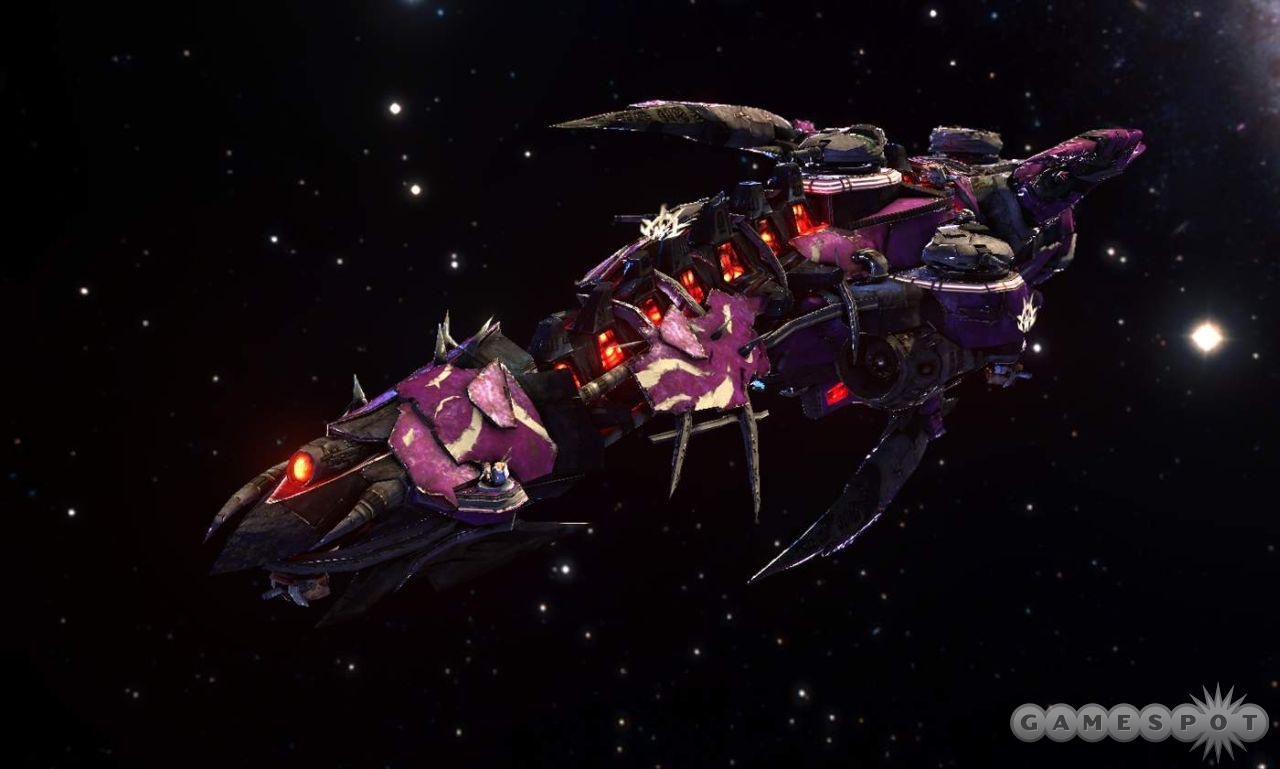
Fifth, the Zuul. The Zuul were introduced in the first major expansion of the game, Born of Blood. Biologically, they are a marsupial bear, and like the Liir, they have extremely powerful psionic abilities, including telepathy and coercion--the ability to control the minds of others to turn them into puppet slaves. The Zuul are by far the most savage and violent race in the game, with a core philosophy that can be summed up as "Might is right." They respect only strength, and they have the only economy based on systematic slavery and brutal exploitation of the environment. Even their drive system is cruel: The rip drive actually tears holes in the living universe, boring node space tunnels from star to star, which slowly heal over time and have to be redrilled in order to maintain the connections.
The Zuul are not a naturally evolved sentient race. They were actually created to serve as a living weapons system. The author of their existence was a brilliant bioscientist among the Suul'ka; so gifted in his manipulation of life as an art form that they call him "He Who Shapes." For more than a century after they were created, the entire Zuul race worshipped the Suul'ka, in general, as gods and He Who Shapes, in particular, as the "father-creator" of their species.
Recently, however, some members of the Zuul race have begun to see things differently. Led by a single Zuul known as the Deacon, these rebellious Zuul have rejected the divinity of the Suul'ka and adopted a new way of life. Instead of serving the Suul'ka, they have joined with the Liir to form a new faction called the Liir-Zuul Alliance. Meanwhile, Zuul who retain their traditional values and culture have evolved into a more sophisticated version of their former cruel glory and call themselves the Suul'ka Horde.
Sixth, the Morrigi. The Morrigi were introduced in the second expansion, A Murder of Crows. As the name might suggest, they are an avian species, but they also retain some reptile features. In fact, the Morrigi have been spacefarers and adventures for so many thousands of years that they may have inspired all of the legends and myths about dragons, which are common to every other culture in the game.
The core technology of the Morrigi tribes is the gravity-based void cutter engine, which lets even a lone Morrigi vessel travel faster than the speed of light. What is interesting about Morrigi drives, however, is that when Morrigi ships travel together, each added drive becomes a force multiplier to the others by creating a gravity bow wave and increasing the speed of the fleet as a whole. In other words, the more Morrigi flock together, the faster they move.
When the Morrigi were first introduced to the Sword of the Stars universe, the tribes were suffering in the aftermath of an incredibly costly war with the Suul'ka. A sizable percentage of all Morrigi fleets had been wiped out, as well as the majority of their colonies. As they recuperated and tried to move in to recover their lost territory, the Morrigi discovered that the younger races had already claimed dozens of ripe worlds and even looted some of the ancient Morrigi tombs. Predictably, their first reaction was anger, but after a century or two to think it over, the new leadership of the Morrigi tribes has come to see the advancement of other races not as a problem but as an opportunity.
The Morrigi are now the leaders of the Morrigi Confederation, a faction that extends a canopy of political leadership and military protection over any and all independent worlds who choose to join them. Rather than try to evict the new tenants of the galaxy, the Morrigi have appointed themselves to serve and protect all of the people of any race who would otherwise be unable to defend themselves and remain free.
That said, the Morrigi still remember the Suul'ka with great hatred and fear. They want blood, and they have a particular grudge against a Suul'ka known as the Siren, who led countless Morrigi fleets to their doom.
GS: What were some of the most popular requests from fans for changes or additions to the different factions? How did the team address these requests?
AD: Honestly, the most popular requests for a change to the factions were always basically cosmetic. The vast majority of players really enjoyed the gameplay and the background fiction for the original game, but they often asked for little things like a different texture for their ships or a different set of voices for a certain faction. We were at a loss to fulfill those requests for the first series because there was no way we could provide those alternatives without ruining the game for people who enjoyed it as it was. We couldn't really just patch in a change that wouldn't affect everyone, so our hands were tied.
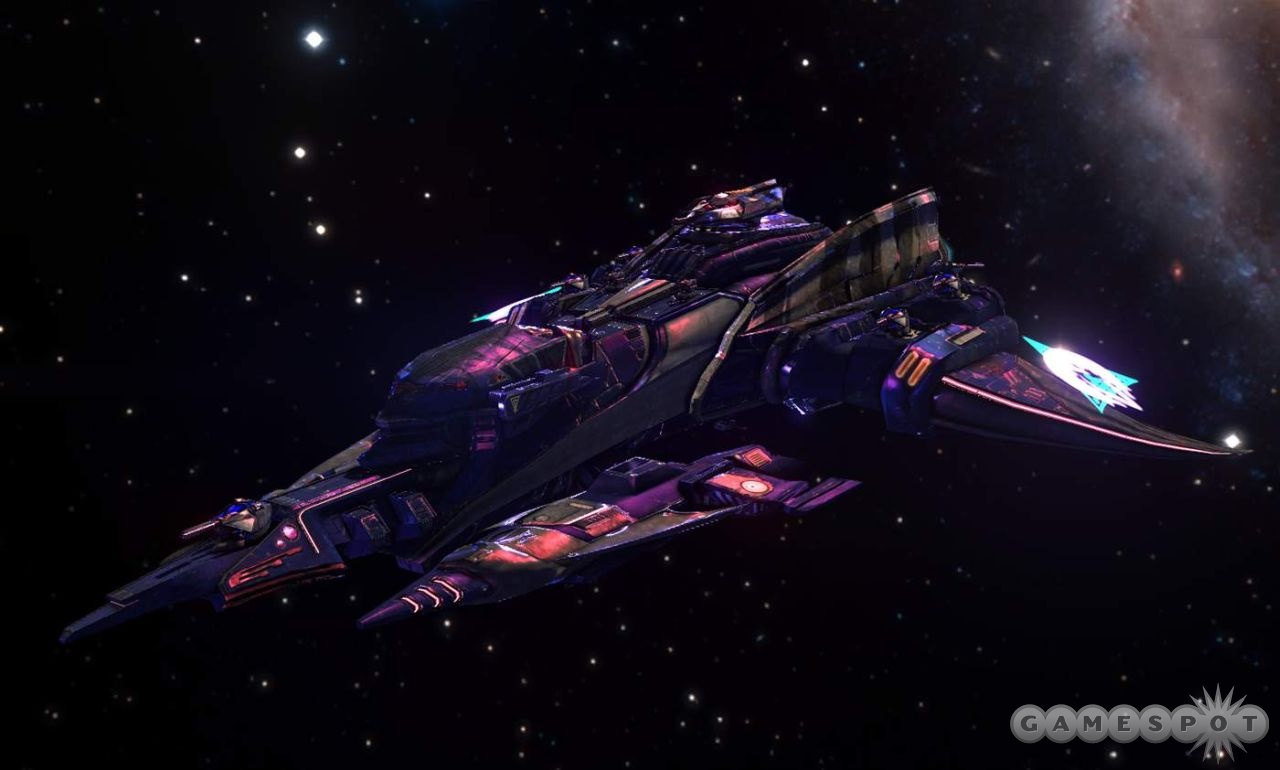
During the Winter Wars era, Paradox suggested that we find a way to offer players more options from the start. With their support, we've created a series of downloadable content packs, which will allow people to try an alternative set of textures and voices for each faction, if they want to. These DLC packs are completely bonus content and contain nothing at all that is crucial to victory. We simply made them for the player who wants more choices.
In order to make the DLC collections more interesting and valuable to fans, we've also thrown in a few goodies like an extra set of leader portraits, extra lore pages for the in-game encyclopedia, and more art. Most of the players of the original game had a favorite faction that they played a lot. For the sake of those players, I created a few extras for those people who will really enjoy having a portrait of the guy who invented the node drive or of the Hiver general who led the famous Motherless Sons to victory.
GS: We know that Sword of the Stars II will take place some time after the events in the original game. How have the different factions changed over time? Where do they stand at the beginning of the sequel?
AD: In general, all the factions in the game have advanced in technological, military, and political terms. Using fission as a source of energy for star drives is a thing of the past; everyone has upgraded to fusion power. Independent destroyers were the workhorse vessels of the early frontier days. Now ships of this size are no longer built with their own FTL drives, and instead, they serve as battle riders to larger vessels. All of the empires have spent the last century building up the means to govern their territory more effectively as well. Star systems are now joined into provinces, and trade within any given empire is constant.
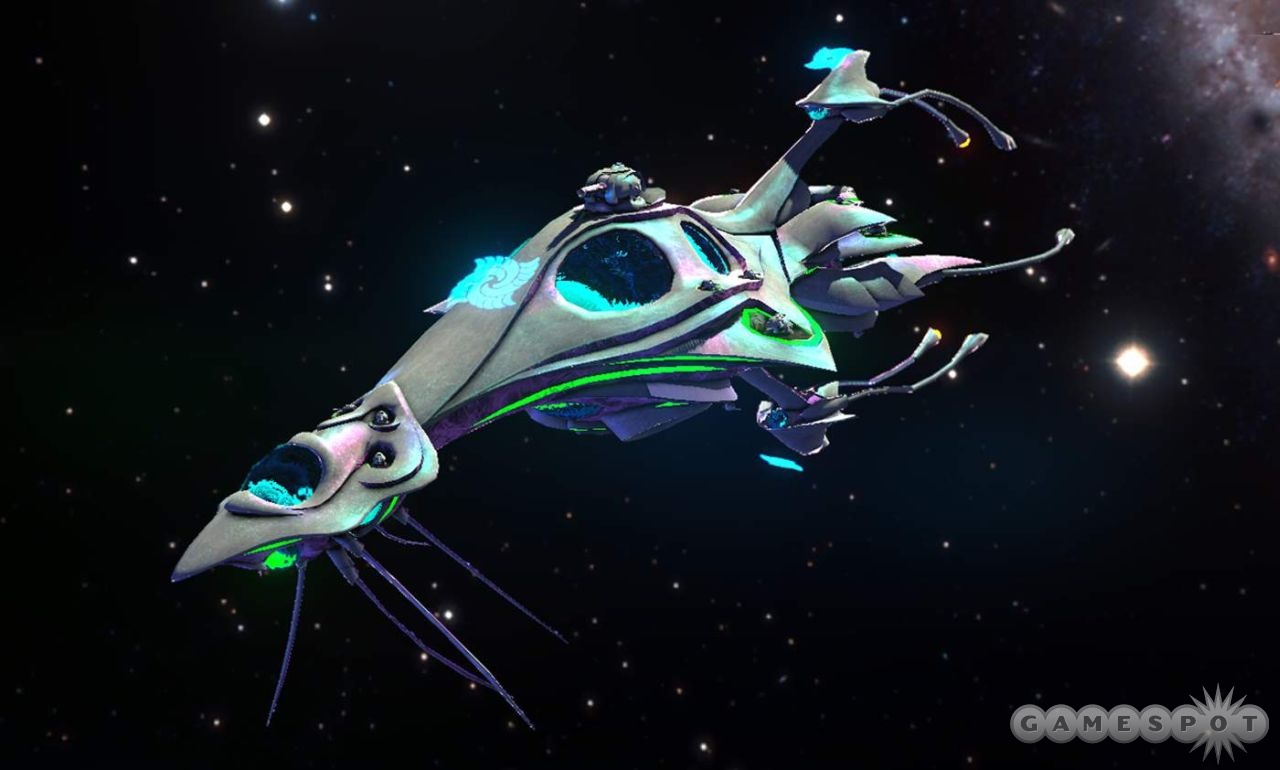
Perhaps more importantly, the various species in this sector of the galaxy have had the chance to lock horns, test one another's strength, learn each other's languages and culture, and discover the strengths and weaknesses of their neighbors. This means that as the next chapter of this saga unfolds, it's actually possible for these powers to engage in diplomacy and political maneuvering that goes far beyond the application of military force.
GS: We also know that the sequel will include more heavy-duty battles with bigger capital ships. How have the different factions changed and armed themselves for these larger conflicts?
AD: The majority of factions in the game will learn during the Winter Wars to build vessels of the Leviathan class and to use battle riders effectively in both fleet actions and system defense. These massive ships and their riders will deliver unprecedented levels of force to any battle and project it at distances not possible in the original game.
The tech forest of the old game has also borne new fruit. A number of nasty new conventional weapons are available, and a new theater of warfare has opened: the theater of the mind.
GS: We understand that the sequel will feature an all-new faction, the mysterious Suul'ka Horde, whom we're finally able to talk about. Who is this mysterious new race? What do they want?
AD: As the Winter Wars begin, the Liir will be struggling with both terror and shame. Now that the Suul'ka have returned, the Liir will no longer be able to hide the truth: The Suul'ka, who made them slaves and killed thousands of them at regular intervals for millennia, are nothing more and nothing less than their own Great Elders run mad.
The word "Suul'ka" means "winter mind" in the Liir language. Suul'ka is the madness of placing your own existence and your own needs above all else. It is a form of insanity that can only exist in the eldest of their people…that single Liir who becomes so ancient and powerful that his telepathic will can dominate and control the entire race.
The Liir are a biologically immortal species. They never really stop growing throughout their lifetimes. Typically, what eventually kills the eldest of the Liir is simply his own mass; even in the depths of the sea, elders eventually become too huge to continue swimming and breathing. They are crushed by their own weight.
The majority of Liir elders choose to relinquish life and simply let themselves die when this moment comes. But every so often over the course of their history, the eldest have rejected death. At irregular intervals over the course of their history, several elders have gone Suul'ka and chosen to live forever. In pursuit of this goal, these Suul'ka force marched the entire species through a rapid industrial revolution, making the younger Liir work as slaves to forge very special suits of armor designed to gird the great elder for the transition from sea to space.
Once they were dressed in these high-tech battle suits, the Suul'ka teleported themselves into orbit and then out among the stars. In order to move long distances, they use their powerful psionic ability to literally fold space, transporting their own massive bodies and even hundreds of tons of other material that surrounds them. The very first jump from ocean to orbit always brings with it a sphere of salt water, which freezes instantly in a vacuum. Shattering this cocoon of ice is the moment of rebirth, when a "winter mind" becomes truly immortal. This combination of icy rebirth, sociopathic madness, and relentless will to power has earned them the name "Lords of Winter."
As to what the Suul'ka want? They want to rule. They have come back to punish all those who dare to oppose them, much less those who dared to harm them. The Liir empire and its interstellar navy were created for no other purpose than to find and destroy the surviving Suul'ka that previous generations had unleashed on the universe. Only the leader of the Liir naval forces, the great elder known only as The Black, has ever battled the Suul'ka face-to-face and lived.
The Black himself was the "living weapon" launched 200 years ago to battle the Suul'ka in deep space. He has killed at least one of the Suul'ka and possibly dozens of them, leaving their empty armor in derelict fragments throughout the sector.
Every Liir who has joined the navy since that day has gone into battle hoping they could join The Black. They want to protect their loved ones from the great old ones, who travel in the blackness between the stars bringing death, slavery, and madness to all who stand in their way.
GS: From the sound of things, the Suul'ka may not be as accessible or act in the same way as a normal Swords II faction. How do players choose to play as this new faction?
AD: The playable faction is called the Suul'ka Horde. For players who were fond of the Zuul in the original game, the play style, the core philosophy, the mode of FTL transport, and even the voice acting have not significantly changed: The heart of the horde is always Zuul.
The Suul'ka are the gods of the Zuul. Only seven of them survive in the modern age, but they can be summoned, like gods, when the Zuul build them an altar. Once they have been summoned, the Horde player has access to their power, including access to their knowledge of science, access to their mode of FTL transport, and control of the Suul'ka themselves in combat.
Every Suul'ka is different, and they have different strengths and weaknesses. Players will learn to use them (or dread them) by name.
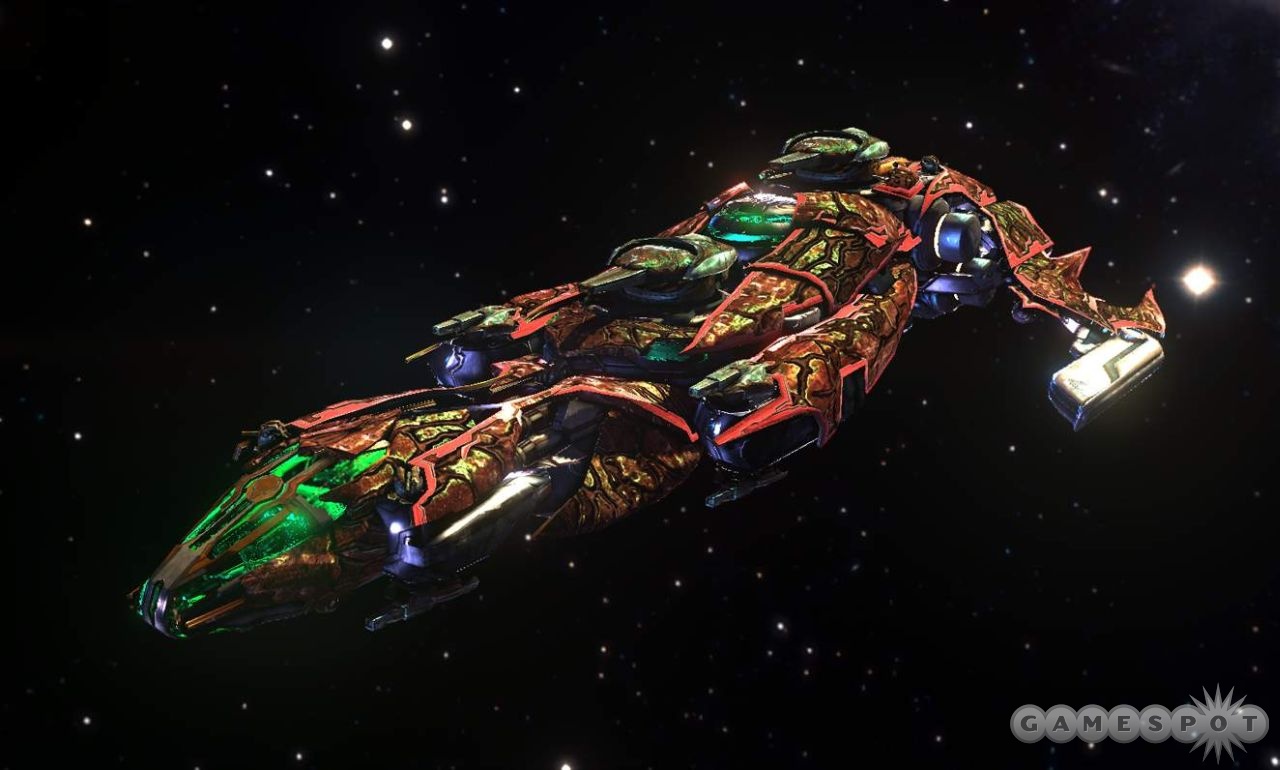
GS: Finally, is there anything else you'd like to add about the factions of Sword of the Stars II?
AD: I hope that new players and old fans of the series alike will enjoy this new chapter in an unfolding story and will feel free to come by our forums to let me know which faction is their favorite!
GS: That's a lot of great information. Thank you, Arinn.
Got a news tip or want to contact us directly? Email news@gamespot.com
Join the conversation